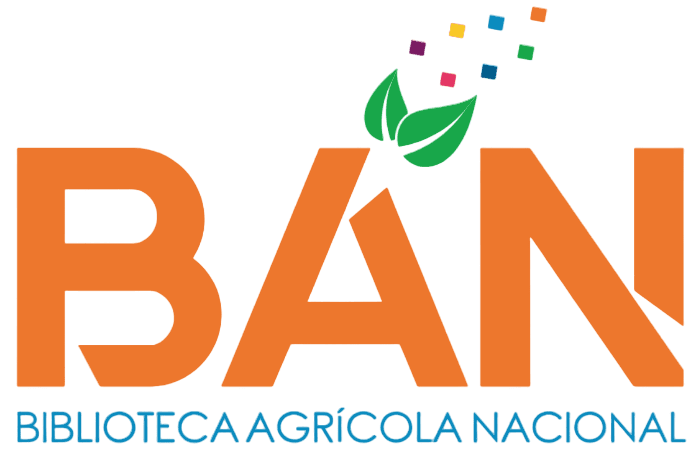Elaboración de un protocolo para identificar parásitos nematodos y cestodos en Coryphaena hippurus (Linnaeus, 1758) ´Perico´, en estado fresco
Loading...
Código QR
Authors
Campos Ccoa, Gabriela Lizeth
Contact Email
Abstract
En los 10 ejemplares de Coryphaena hippurus analizados, no se evidenciaron signos patológicos externos ni internos. Se identificaron seis (06) especies de parásitos: cuatro (04) frecuentes — cestodos (Tentacularia sp. y Nybelinia sp.) y copépodos (Caligus sp. y Tracheliastes sp.) — y dos (02) poco comunes — un nematodo (Hysterothylacium pelagicum) y un trematodo (Dinurus barbatus). La prevalencia fue del 100%, lo que indica que todos los hospederos albergaron uno o más tipos de parásitos. Nybelinia sp. y Tentacularia sp. fueron hallados en las branquias, el riñón y el músculo, presentando la mayor intensidad media de infección (IMI) y abundancia media (AM), con valores de 17.2 y 8.6 para Nybelinia sp.; y de 7.0 y 6.3 para Tentacularia sp., respectivamente. La mayor incidencia parasitaria se registró en las branquias, con 72 especímenes de Nybelinia sp. Los parásitos cestodos y nematodos fueron identificados a nivel de género en la especie, Coryphaena hippurus como hospedero. Los copépodos se identificaron mediante claves taxonómicas. Según la literatura científica vigente, ninguna de las especies identificadas representa un riesgo de zoonosis parasitaria.
In the ten (10) specimens of Coryphaena hippurus analyzed, no external or internal pathological signs were observed. Six (06) parasite species were identified: four (04) common parasites — cestodes (Tentacularia sp. and Nybelinia sp.) and copepods (Caligus sp. and Tracheliastes sp.) — and two (02) less common ones — a nematode (Hysterothylacium pelagicum) and a trematode (Dinurus barbatus). The prevalence was 100%, indicating that all hosts harbored one or more parasite species. Nybelinia sp. and Tentacularia sp. were found in the gills, kidney, and muscle, exhibiting the highest mean infection intensity (MII) and mean abundance (MA), with values of 17.2 and 8.6 for Nybelinia sp., and 7.0 and 6.3 for Tentacularia sp., respectively. The gills showed the highest parasitic incidence, with 72 specimens of Nybelinia sp. Cestodes and nematodes were identified to the genus level in the species Coryphaena hippurus as the host. Copepods were identified using taxonomic keys. Based on current scientific literature, none of the identified species poses a risk of parasitic zoonosis.
In the ten (10) specimens of Coryphaena hippurus analyzed, no external or internal pathological signs were observed. Six (06) parasite species were identified: four (04) common parasites — cestodes (Tentacularia sp. and Nybelinia sp.) and copepods (Caligus sp. and Tracheliastes sp.) — and two (02) less common ones — a nematode (Hysterothylacium pelagicum) and a trematode (Dinurus barbatus). The prevalence was 100%, indicating that all hosts harbored one or more parasite species. Nybelinia sp. and Tentacularia sp. were found in the gills, kidney, and muscle, exhibiting the highest mean infection intensity (MII) and mean abundance (MA), with values of 17.2 and 8.6 for Nybelinia sp., and 7.0 and 6.3 for Tentacularia sp., respectively. The gills showed the highest parasitic incidence, with 72 specimens of Nybelinia sp. Cestodes and nematodes were identified to the genus level in the species Coryphaena hippurus as the host. Copepods were identified using taxonomic keys. Based on current scientific literature, none of the identified species poses a risk of parasitic zoonosis.
Description
Universidad Nacional Agraria La Molina. Facultad de Pesquería. Departamento
Académico de Manejo Pesquero y Medio Ambiente
Keywords
Coryphaena hippurus
Citation
Date
2025
Collections
Seleccionar año de consulta:
Licencia de uso

Excepto si se señala otra cosa, la licencia del ítem se describe como info:eu-repo/semantics/openAccess

